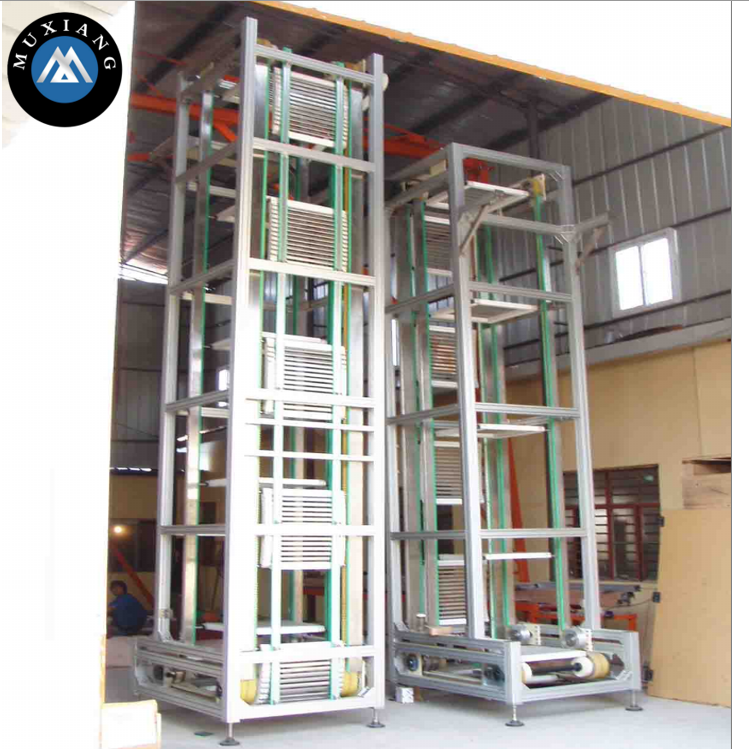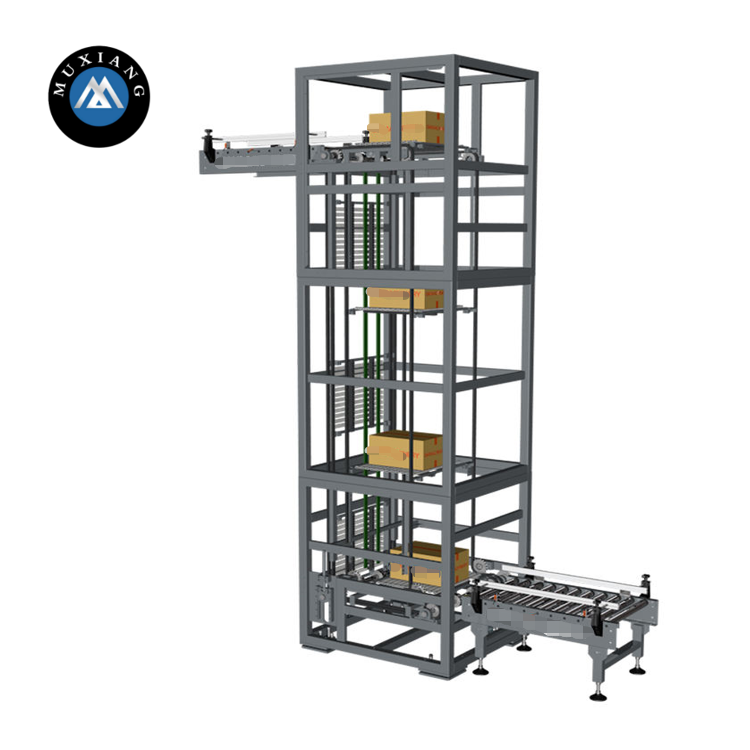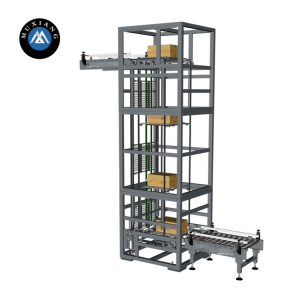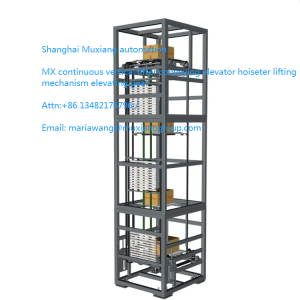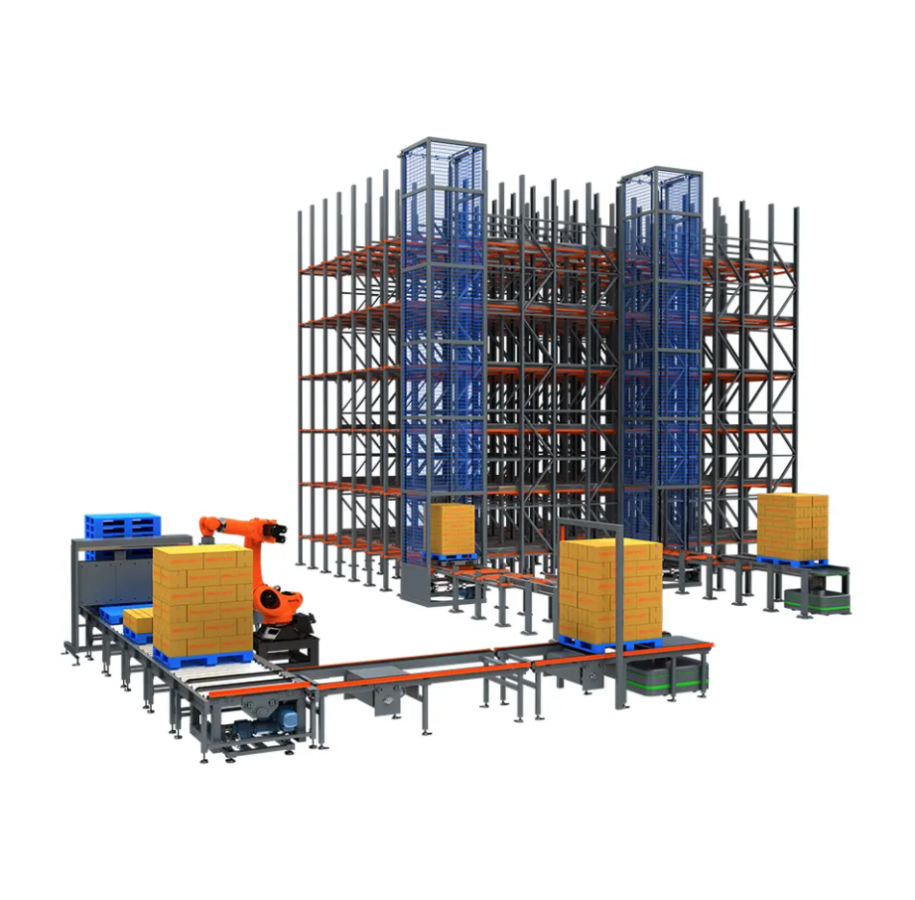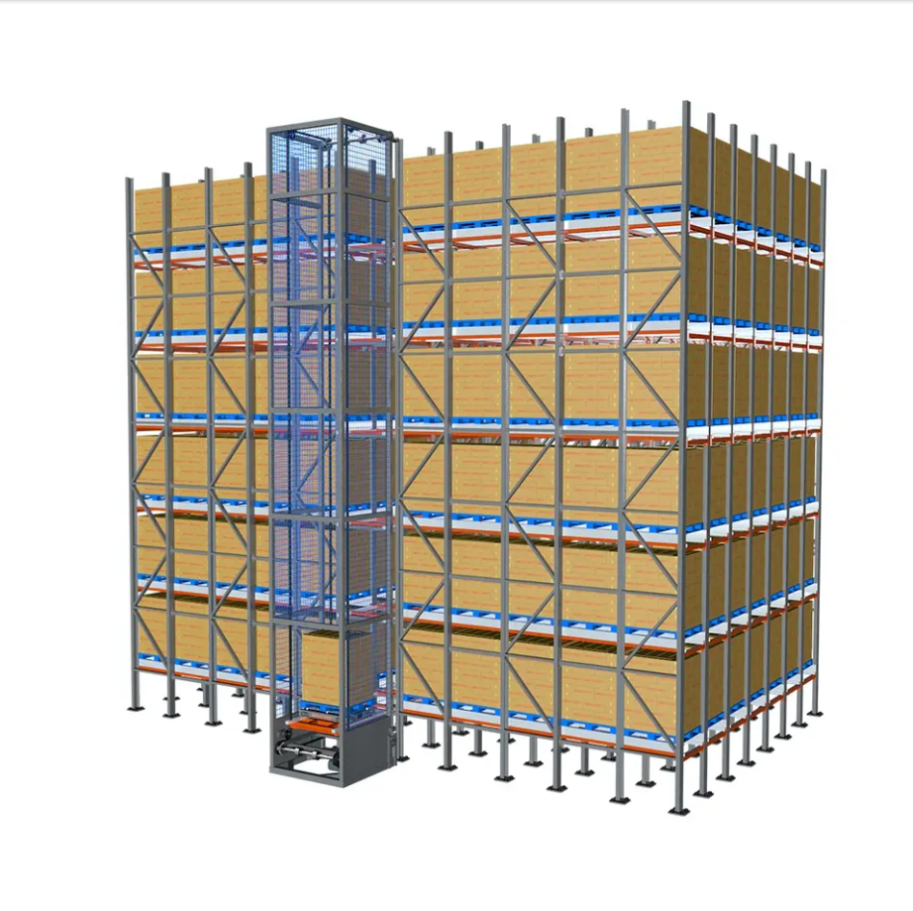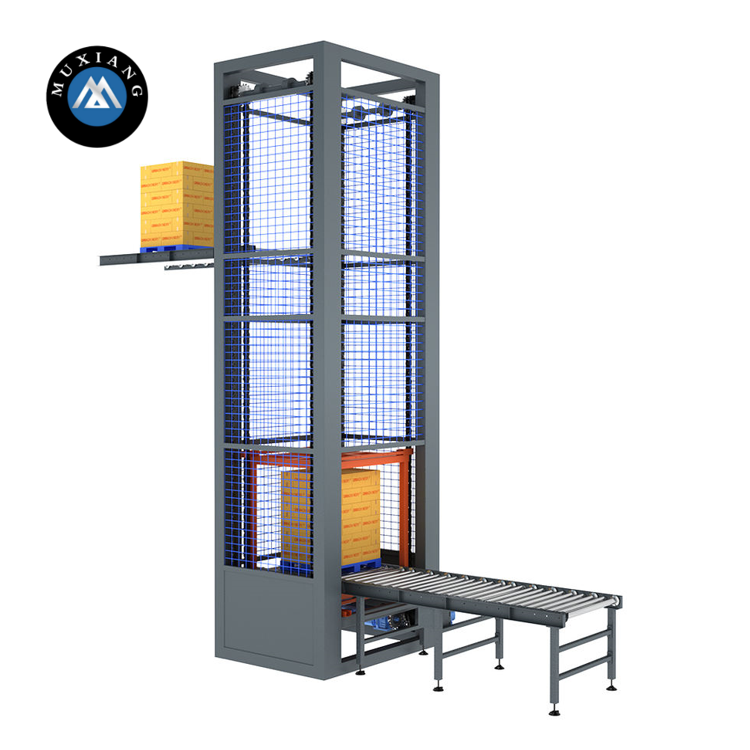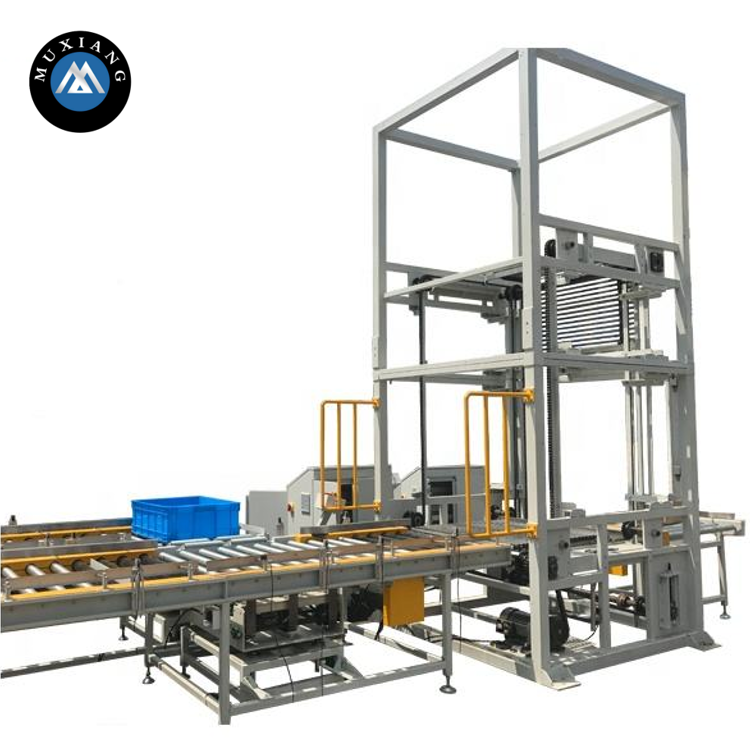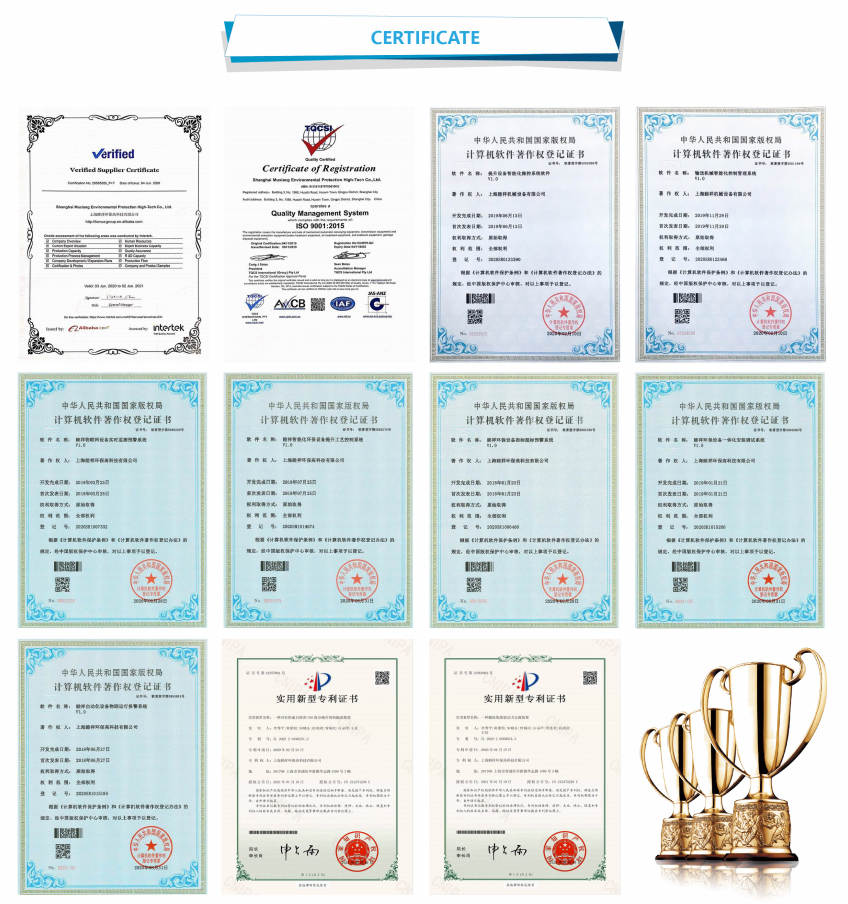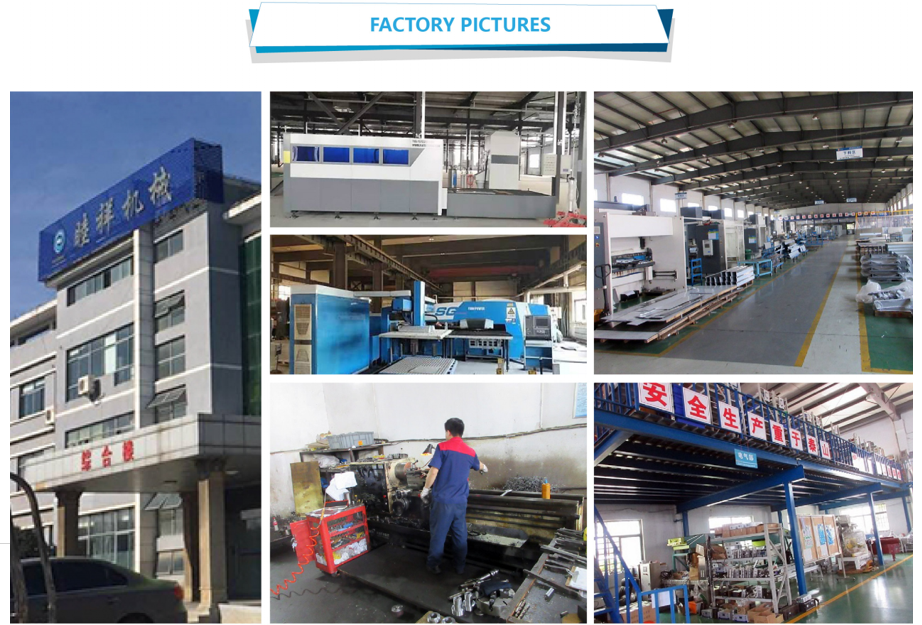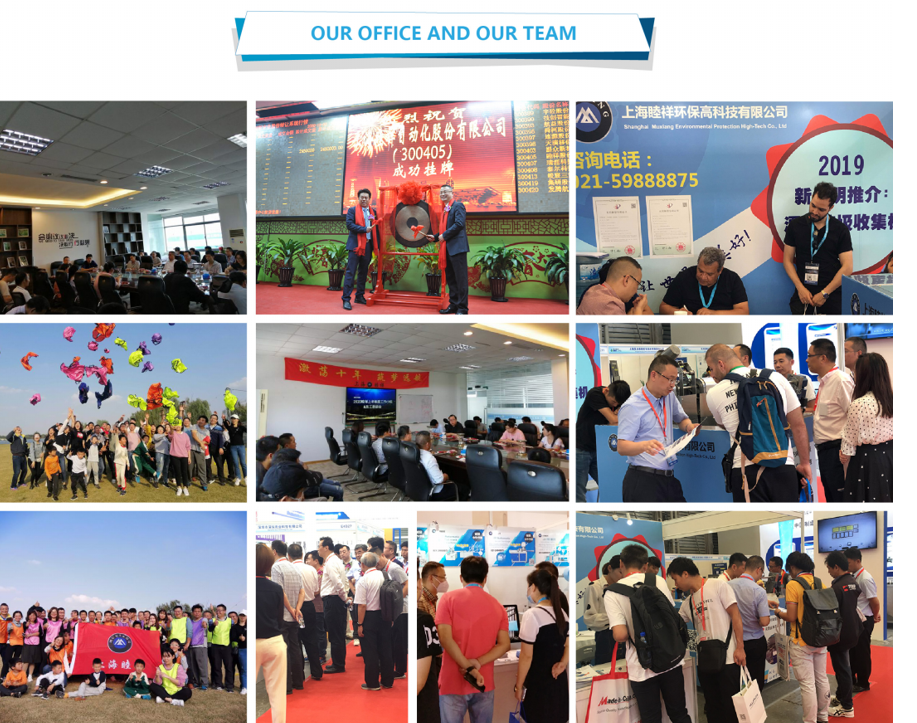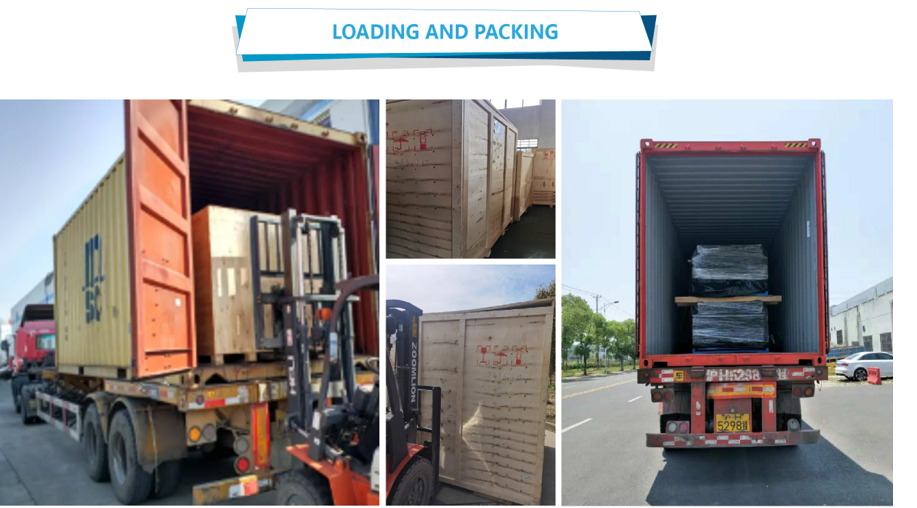Continuous vertical elevator conveyor lifter 50kg 100kg 500kg
Continuous vertical elevator conveyor
1、 Introduction to Continuous Hoister
A continuous elevator is a vertical conveying equipment that operates continuously. Suitable for diversified logistics transmission, with high efficiency, stable operation,
and diverse structure, it has models such as Z-type continuous elevator (with inlet and outlet on the opposite side), E-type continuous elevator (with multiple inlet and
outlet on the same side), and C-type continuous elevator (with inlet and outlet on the same side). Customers can choose the appropriate specifications of the elevator
according to their own needs.
Continuous elevators are used to connect production lines and assembly lines between different floors. When transporting finished raw materials between floors, the equipment
continuously lifts and lowers. As there is no need for empty partitions to rotate, the working time is further shortened, the handling cost is greatly reduced, and the
transportation efficiency between floors is improved. It has a simple structure, high conveying rate, strong universality, reliable operation, and convenient use and
maintenance. It is a comprehensive transportation device consisting of a horizontal conveyor and a vertical elevator, which can be widely used in factories, warehouses, docks,
ports, and other places.2、 Working principle of continuous hoist
This type of hoist is composed of a frequency converter, a drive motor, a hoist frame, a chain, a support plate, etc. Its working principle is to use a frequency converter to
drag the four transmission chains on the frame to rotate, and the load-bearing support plates installed at a certain distance on the chain are driven by the chain to complete
the goods? There are several cycle steps for lowering, exiting, and pallet return.3、 Characteristics of continuous hoist
1. Continuous elevators can be divided into Z-type, C-type, and E-type according to the direction of inlet and outlet transportation.
2. The continuous elevator utilizes continuous winding operation to achieve vertical conveying of materials
